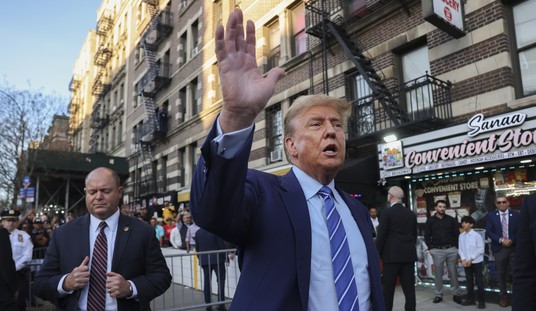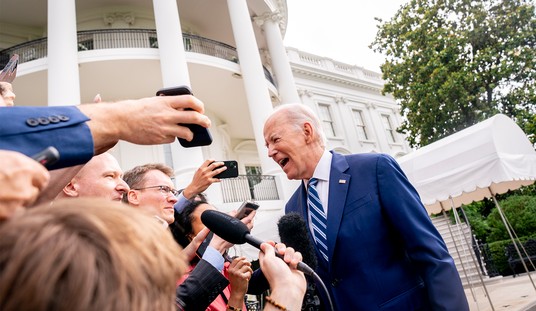In 1971, the US Supreme Court issued a decision that has broadly shaped Establishment Clause jurisprudence. The case is known as Lemon vs. Kurtzman. The Rhode Island and Pennsylvania legislatures had passed laws authorizing teachers’ salaries at non-public schools to be paid by the state so long as they used state-approved textbooks and instructional material. The Supreme Court’s 8-1 decision struck down this law finding that because most of the teachers covered by facially neutral laws were from Catholic schools and because Catholic schools at the time taught Catholicism (trust me, this is no longer the case), subsidizing any teachers in those schools violated the US Constitution.
Held: Both statutes are unconstitutional under the Religion Clauses of the First Amendment, as the cumulative impact of the entire relationship arising under the statutes involves excessive entanglement between government and religion.
(a) The entanglement in the Rhode Island program arises because of the religious activity and purpose of the church-affiliated schools, especially with respect to children of impressionable age in the primary grades, and the dangers that a teacher under religious control and discipline poses to the separation of religious from purely secular aspects of elementary education in such schools. These factors require continuing state surveillance to ensure that the statutory restrictions are obeyed and the First Amendment otherwise respected. Furthermore, under the Act, the government must inspect school records to determine what part of the expenditures is attributable to secular education, as opposed to religious activity, in the event a nonpublic school’s expenditures per pupil exceed the comparable figures for public schools.
(b) The entanglement in the Pennsylvania program also arises from the restrictions and surveillance necessary to ensure that teachers play a strictly nonideological role and the state supervision of nonpublic school accounting procedures required to establish the cost of secular, as distinguished from religious, education. In addition, the Pennsylvania statute has the further defect of providing continuing financial aid directly to the church-related schools. Historically, governmental control and surveillance measures tend to follow cash grant programs, and here the government’s post-audit power to inspect the financial records of church-related schools creates an intimate and continuing relationship between church and state.
(c) Political division along religious lines was one of the evils at which the First Amendment aimed, and in these programs, where successive and probably permanent annual appropriations that benefit relatively few religious groups are involved, political fragmentation and divisiveness on religious lines are likely to be intensified.
The decision resulted in the so-called “Lemon test” to evaluate the permissibility of government “entanglement” with religion.
- The statute must have a secular legislative purpose. (Also known as the Purpose Prong)
- The principal or primary effect of the statute must neither advance nor inhibit religion. (Also known as the Effect Prong)
- The statute must not result in an “excessive government entanglement” with religion. (Also known as the Entanglement Prong)
Factors:
- Character and purpose of institution benefited.
- Nature of aid the state provides.
- Resulting relationship between government and religious authority.
Much like the Roe vs. Wade trimester scheme and imaginary rights emanating from substantive due process, the Lemon test has proven so indefensible that It has been substantially modified over the years. This is from Josh Blackman, writing at Reason.
Justice Gorsuch’s majority opinion does not overrule Lemon in so many words, but the import of the ruling is clear–follow Town of Greece, not Lemon.
What the District and the Ninth Circuit overlooked, however, is that the “shortcomings” associated with this “ambitiou[s],” abstract, and ahistorical approach to the Establishment Clause became so “apparent” that this Court long ago abandoned Lemon and its endorsement test offshoot. American Legion; see also Town of Greece v. Galloway (2014)In place of Lemon and the endorsement test, this Court has instructed that the Establishment Clause must be interpreted by “‘reference to historical practices and understandings.'” Town of Greece.
Justice Sotomayor’s dissent states the issue directly:
Today’s decision goes beyond merely misreading the record. The Court overrules Lemon v. Kurtzman, 403 U. S. 602 (1971), and calls into question decades of subsequent precedents that it deems “offshoot[s]” of that decision.
Finally, at long lost, Lemon has been interred. It is fitting to quote from Justice Scalia’s Lamb’s Chapel concurrence:
As to the Court’s invocation of the Lemon test: Like some ghoul in a late night horror movie that repeatedly sits up in its grave and shuffles abroad, after being repeatedly killed and buried, Lemon stalks our Establishment Clause jurisprudence once again, frightening the little children and school attorneys of Center Moriches Union Free School District. Its most recent burial, only last Term, was, to be sure, not fully six feet under: our decision in Lee v. Weisman, conspicuously avoided using the supposed “test” but also declined the invitation to repudiate it. Over the years, however, no fewer than five of the currently sitting Justices have, in their own opinions, personally driven pencils through the creature’s heart (the author of today’s opinion repeatedly), and a sixth has joined an opinion doing so. The secret of the Lemon test’s survival, I think, is that it is so easy to kill. It is there to scare us (and our audience) when we wish it to do so, but we can command it to return to the tomb at will. See, e.g., Lynch v. Donnelly (1984). When we wish to strike down a practice it forbids, we invoke it, see, e. g., Aguilar v. Felton, (1985); when we wish to uphold a practice it forbids, we ignore it entirely, see Marsh v. Chambers (1983). Sometimes, we take a middle course, calling its three prongs “no more than helpful signposts,” Hunt v. McNair (1973). Such a docile and useful monster is worth keeping around, at least in a somnolent state; one never knows when one might need him.
Justice Gorsuch has stabbed the final pencil into the Lemon Test.
I have to imagine Justice Scalia is smiling from up high.
Eric Rassback of the Becket Fund for Religious Liberty had this to say about how Town of Greece (read the case synopsis), now the new standard, differed from Lemon.
This switch to an historical approach is just what my organization, the Becket Fund for Religious Liberty, argued that the Court should do to resolve the crisis in Establishment Clause jurisprudence. Specifically, we urged the Court to take Marsh as the “norm,” and the endorsement test as the “aberration.” Although Marsh’s specific analysis was terse – after the fashion of many Chief Justice Burger opinions – we said that Marsh-style historical analysis is the right starting point for Establishment Clause analysis, not endorsement. And that is exactly what the Court said yesterday, rejecting the idea that Marsh “carv[es] out an exception” to general Establishment Clause jurisprudence. Instead, the Establishment Clause “must” be interpreted “by reference to historical practices and understandings.”
This old/new approach has several advantages. Rather than take the endorsement test approach of forcing judicial officers into the uncomfortable and irreducibly subjective role of psychological representative of society, the historical approach gives judges objective facts to work with. The context for any given practice that is challenged is no longer the judge’s mind, but the ascertainable facts of historical tradition.
The historical approach also allows courts to think more cogently about categories of establishment. As we pointed out in our amicus brief, these fall roughly into four categories – government coercion, government control of churches, government funding of churches, and government delegation of powers to churches. How would this work in practice? For example, an Establishment Clause challenge to a government funding program would not start with the inherently abstract “effects” and “endorsement” tests, but with the Founders’ well-documented understanding of what sort of government funding contributed to an “establishment of religion.” The lower court’s analysis could compare the challenged program to the historic government funding of churches in the colonies and in England. Or as Justice Thomas puts it in his concurrence, the court can ask “what constituted an establishment”? And contrary to Lemon’s premise that the Court “can only dimly perceive the lines of demarcation in this extraordinarily sensitive area of constitutional law,” there is in fact a wealth of historical scholarship that tells us what the Founders thought was an establishment.
Even though Gorsuch refuses to say it, Lemon is effectively overruled. The Supreme Court has ordered lower courts to stop using it as the standard for deciding Establishment Clause cases. If you read the dissent by Sotomayor, had the Court followed Lemon and subsequent cases based on Lemon, this would have been a slam-dunk for the Bremerton School District. The rules have changed, and the nation should be grateful that the Supreme Court has put aside official hostility to religion and replaced it with a policy of neutrality.













Join the conversation as a VIP Member